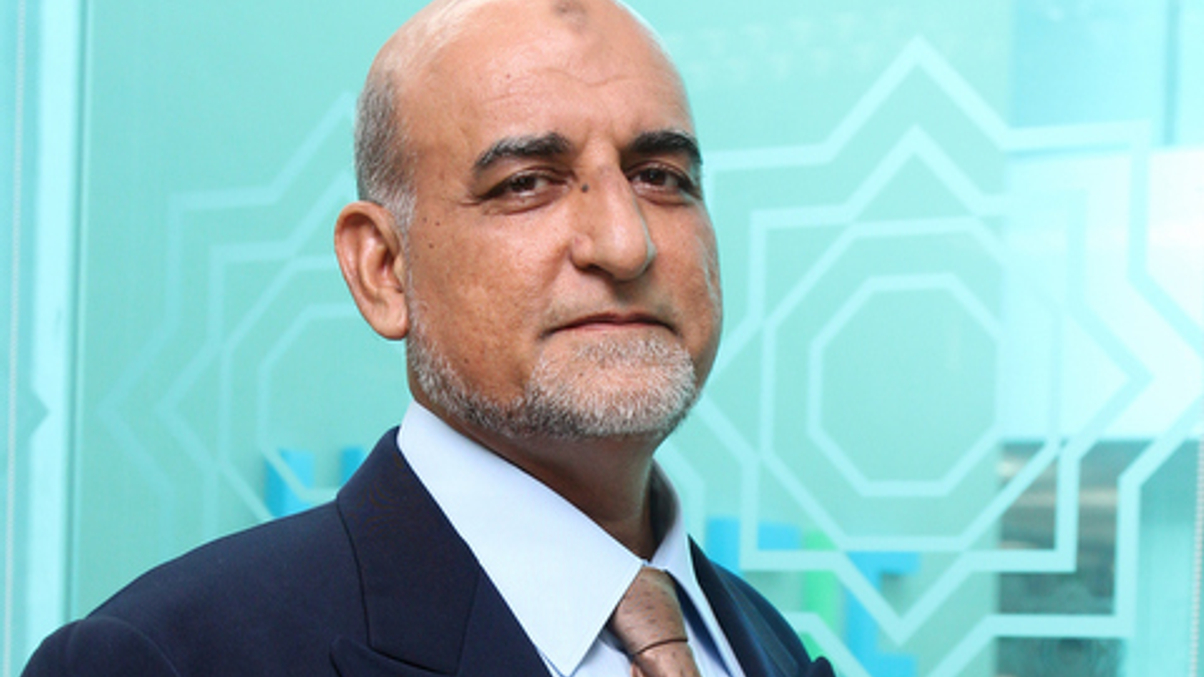partner content
Are Islamic banks really interest-free?
Islamic banks are not so different from their conventional counterparts, and this needs to be addressed, finds research from The International Centre for Education in Islamic Finance.

The operations of Islamic banks, unlike conventional banks, are supposedly based on the premise of justice and fairness and not just maximising profits. The advocates of Islamic banking are convinced of its advantages and the contributions it makes to society compared to conventional banking (Sugema, Bakhtiar and Effendi, 2010; Khairul, Shamsher and Eskandar (2014)).
Sign in to read on!
Registered users get 2 free articles in 30 days.
Subscribers have full unlimited access to AsianInvestor
Not signed up? New users get 2 free articles per month, plus a 7-day unlimited free trial.
¬ Haymarket Media Limited. All rights reserved.


